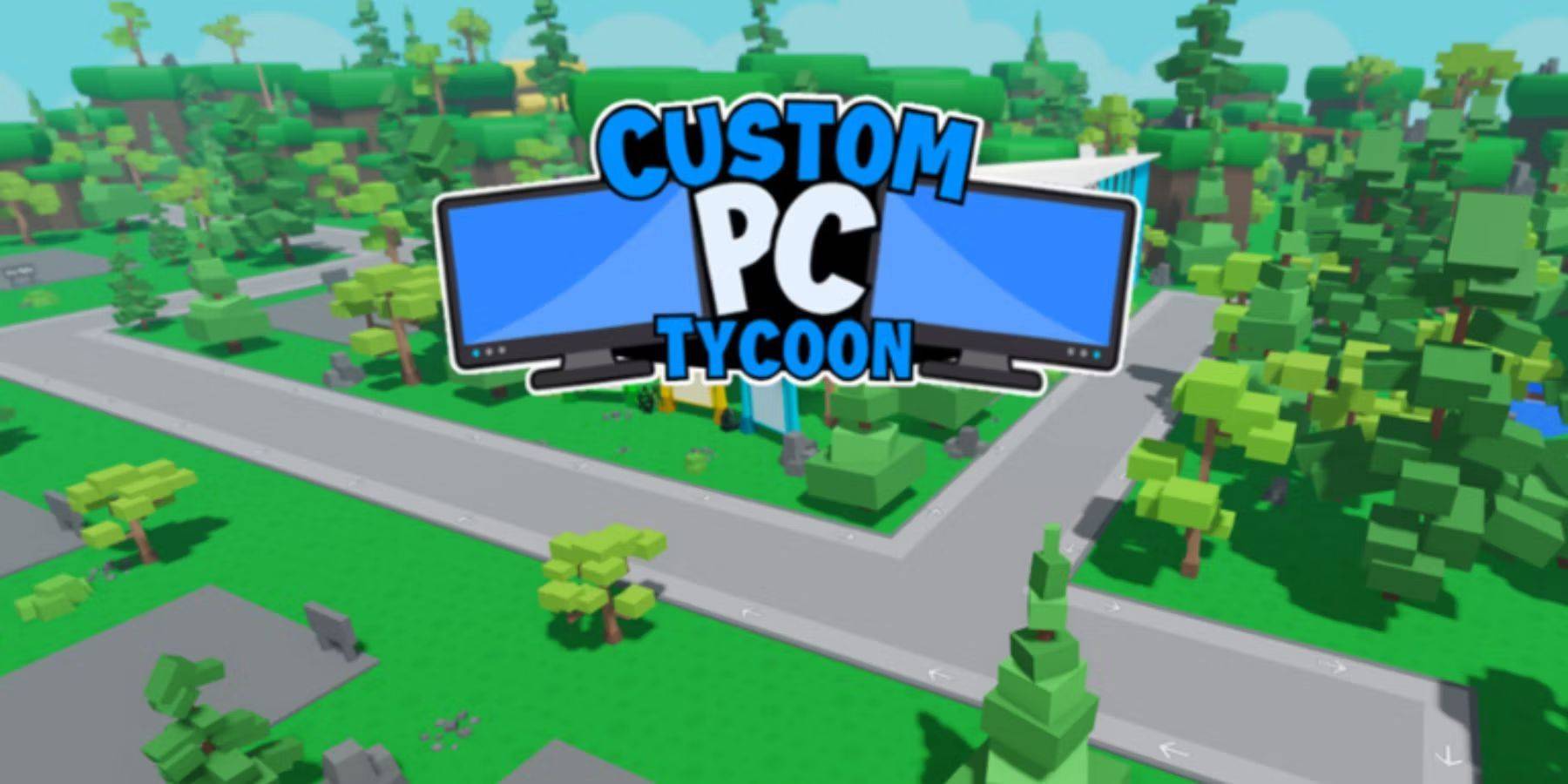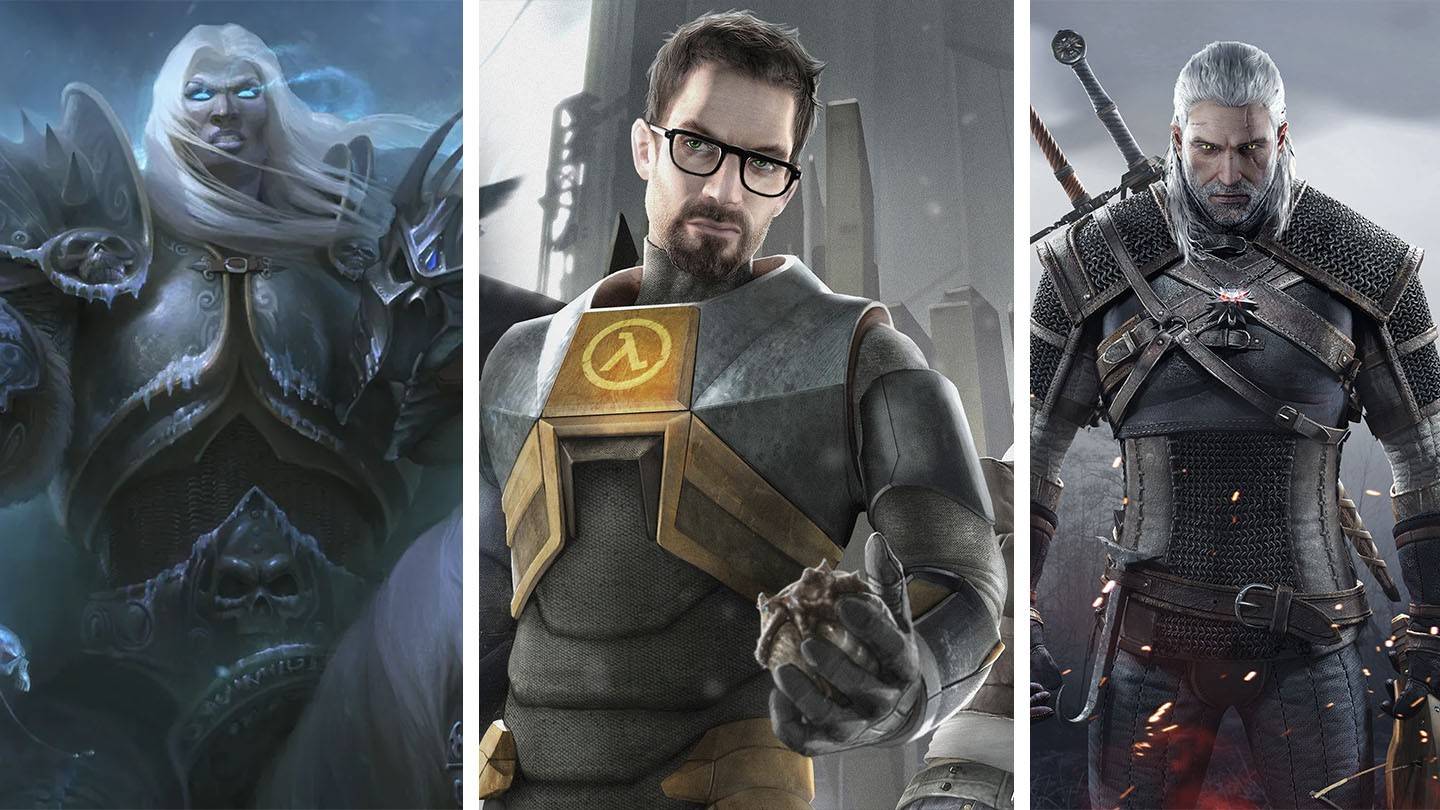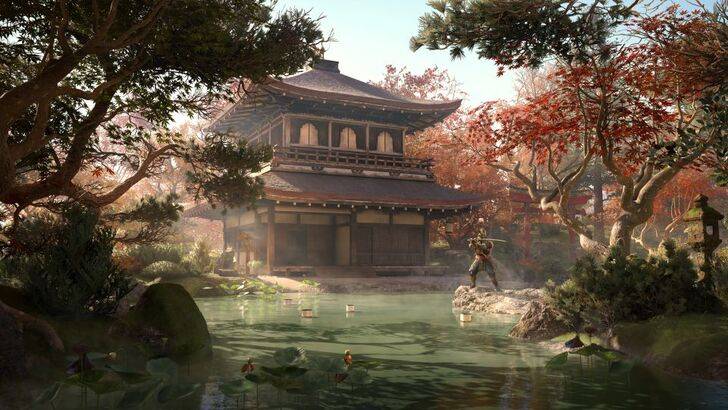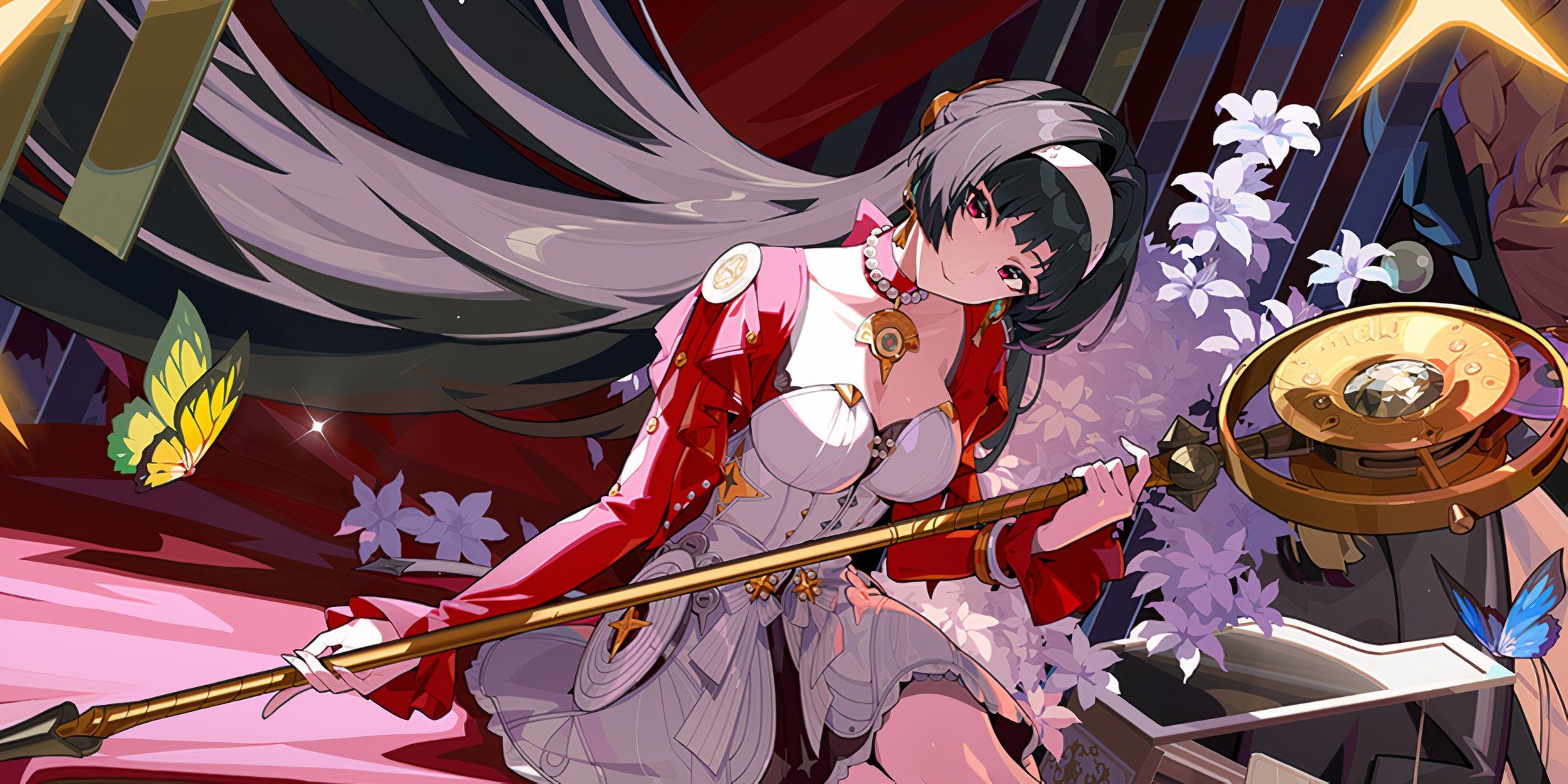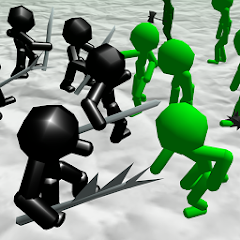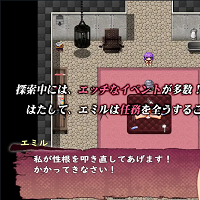When I first sat down to experience MercurySteam's latest creation, Blades of Fire, I anticipated a return to the studio's roots with their Castlevania: Lords of Shadow series, infused with modern touches reminiscent of God of War. As I delved deeper into the game, I found myself navigating what felt like a Soulslike experience, yet one where the focus was squarely on the power and stats of my weapons rather than a traditional RPG character sheet. After spending three hours hands-on with the game, I realized that Blades of Fire is a unique blend of familiar elements and innovative concepts, carving out a fresh niche within the action-adventure genre.
At first glance, Blades of Fire might remind you of Sony Santa Monica's work on God of War, with its dark fantasy setting, heavy-hitting combat, and a camera that stays intimately close to the action. However, the game is more than just a clone. During the demo, I explored a labyrinthine map filled with treasure chests, accompanied by a young companion who aided in puzzle-solving. Together, we sought out a mysterious woman of the wilds, whose home was perched atop a giant creature. While these elements echo the Norse saga of Kratos, Blades of Fire also borrows heavily from FromSoftware's playbook, including anvil-shaped checkpoints that not only replenish health potions but also respawn enemies.
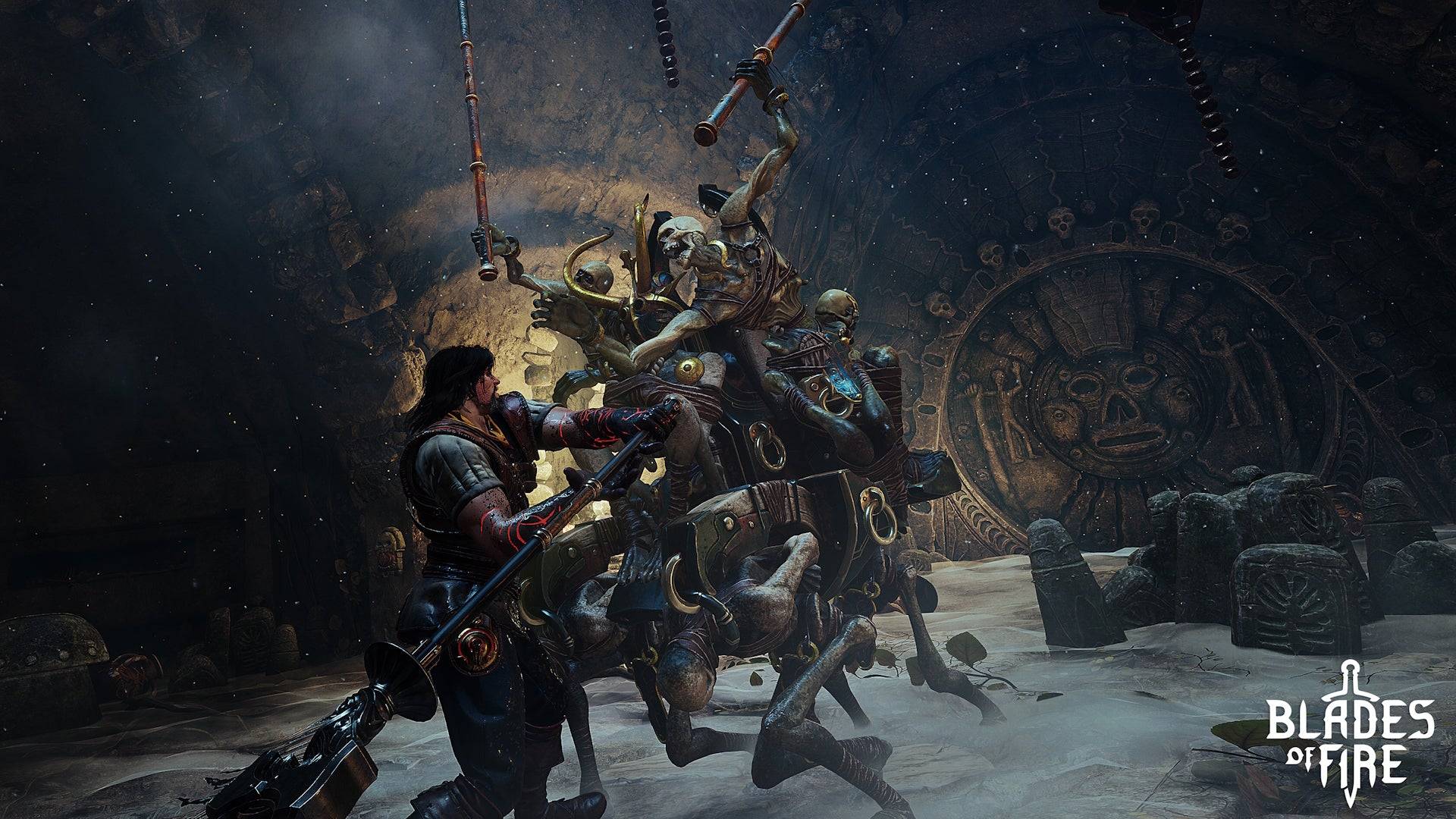
The game's world evokes a nostalgic 1980s fantasy vibe, where you could easily imagine Conan the Barbarian mingling with its muscular warriors, or Jim Henson's Labyrinth-inspired creatures bouncing around on bamboo pogo sticks. The narrative, too, feels retro, centered around an evil queen who has turned steel into stone, and your mission as Aran de Lira, a blacksmith demigod, to defeat her and restore the world's metal. While the setting and premise have a charming old-school feel, the story and characters may not stand out as particularly compelling, reminiscent of many overlooked tales from the Xbox 360 era.
Where Blades of Fire truly excels is in its mechanics. The combat system is built around directional attacks, utilizing every face button on the controller. On a PlayStation controller, for instance, triangle targets the head, cross the torso, while square and circle swipe left and right. By carefully observing an enemy's stance, you can break through their defenses. For example, a soldier guarding their face can be defeated by aiming low and striking their gut, resulting in satisfyingly visceral effects as blood spurts from the inflicted wounds.
The system shines during encounters like the demo's first major boss fight against a slobbering troll. This creature has a secondary health bar that can only be damaged after dismembering it, with the limb removed determined by your attack angle. A well-timed right-hand strike can sever the troll's left arm, disarming it, or you can even slice off its entire face, leaving it blind and flailing until it regenerates its eyes.
Weapons in Blades of Fire require meticulous attention. They dull with use, reducing damage over time, necessitating sharpening stones or switching stances to maintain effectiveness. Each weapon has a durability meter that depletes regardless of care, requiring repairs at anvil checkpoints or melting down for crafting new weapons. This leads to the game's most innovative feature: the forge.
Blades of Fire Screenshots
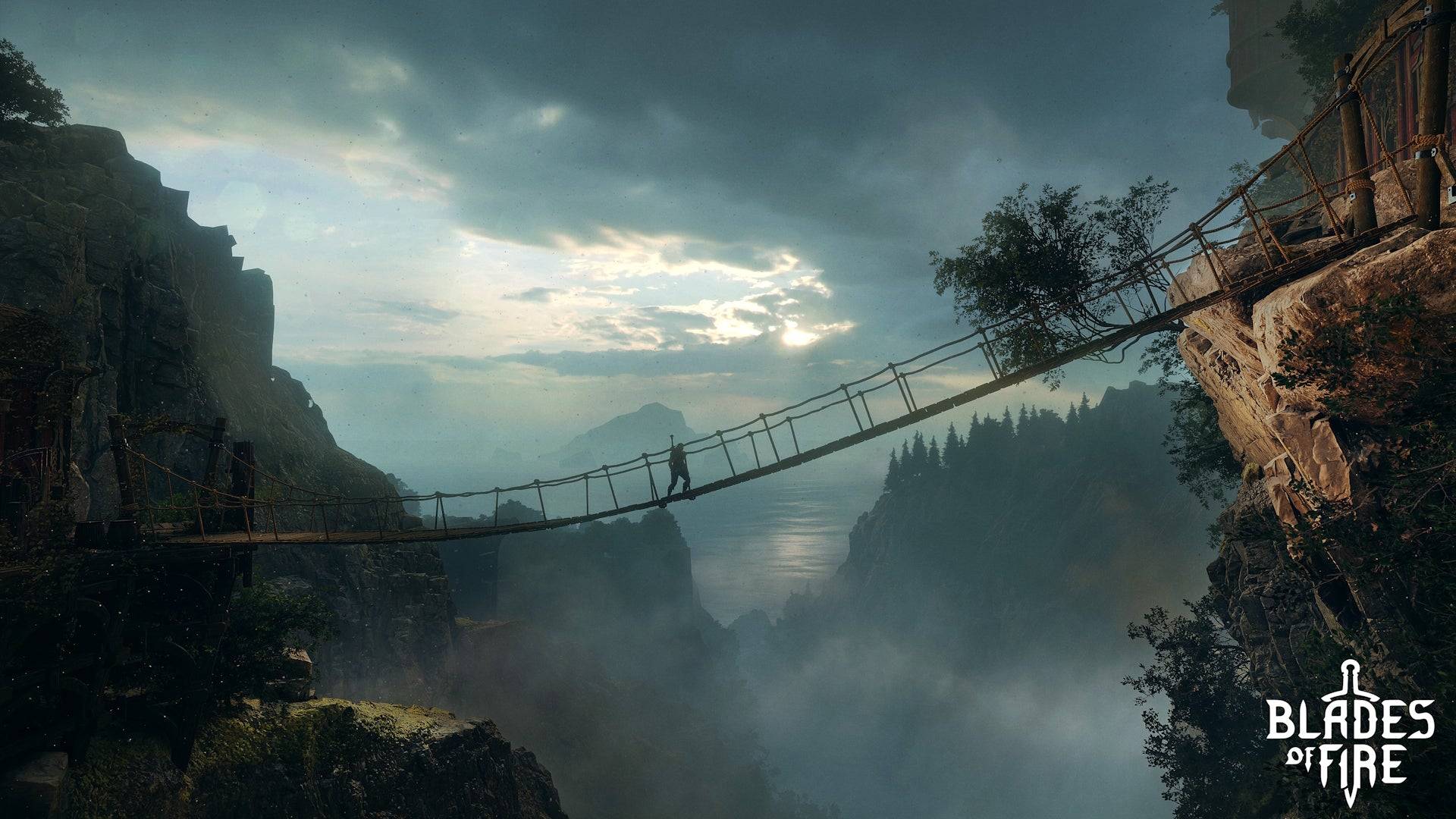
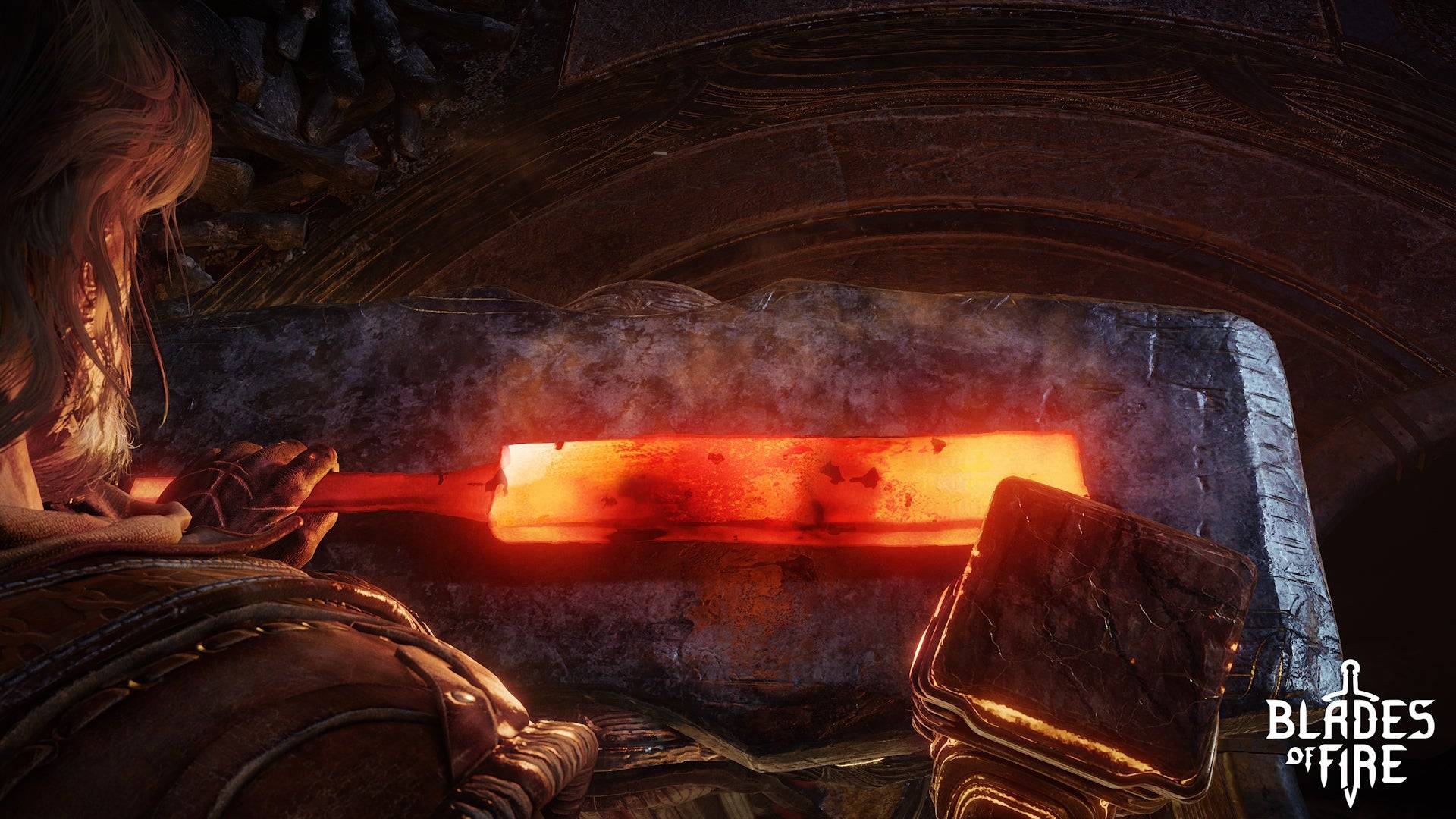 9 Images
9 Images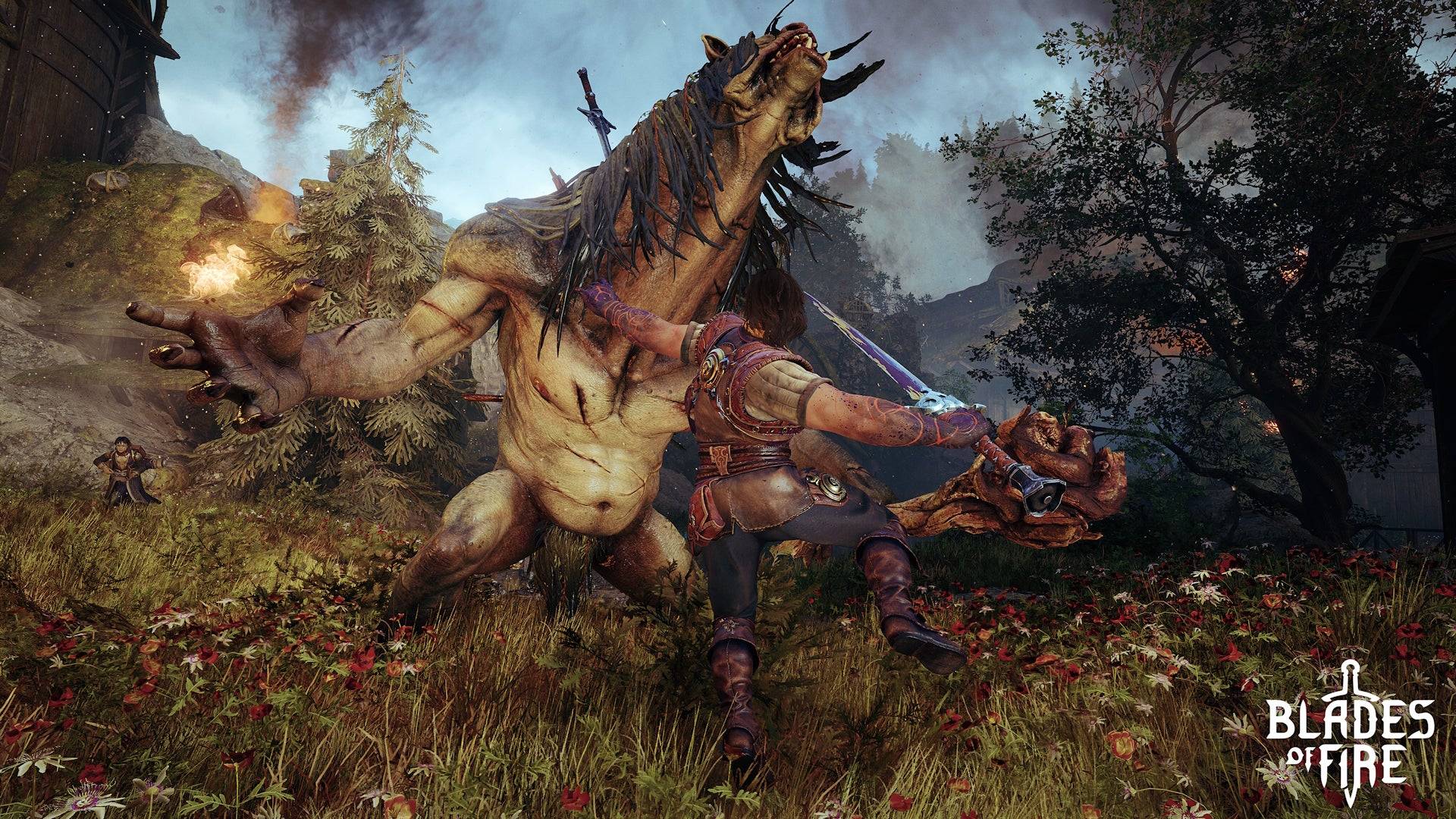
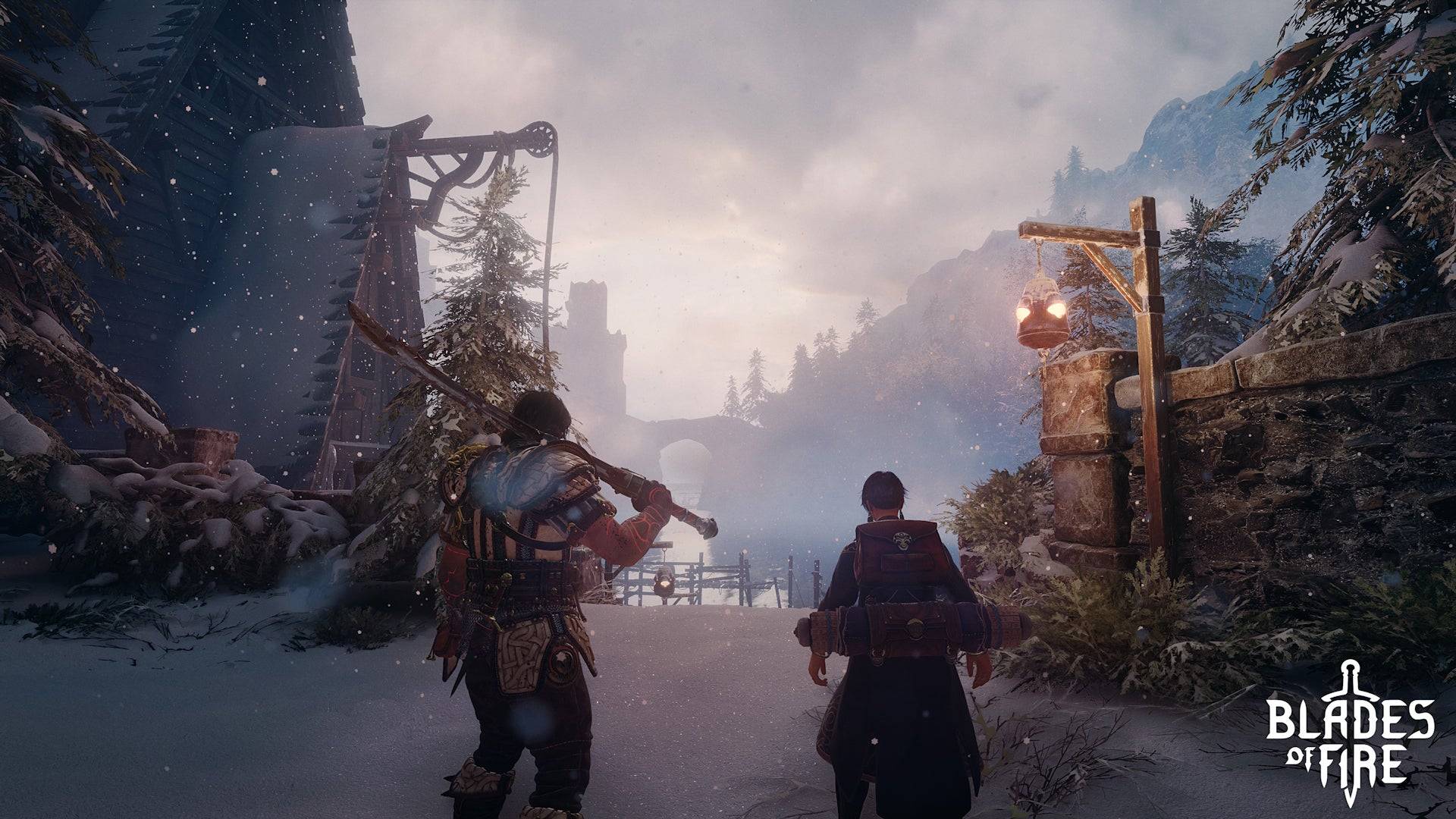
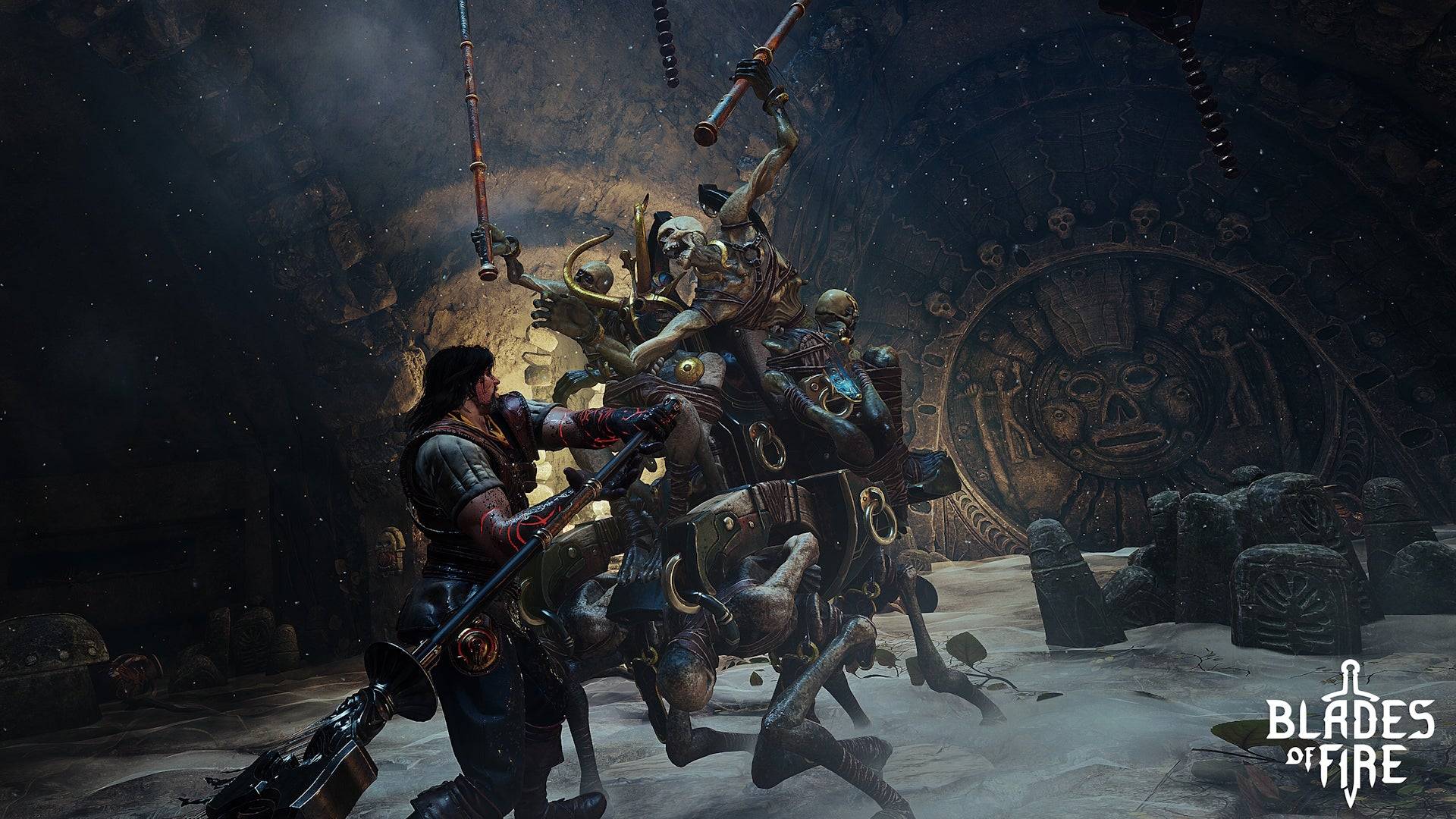
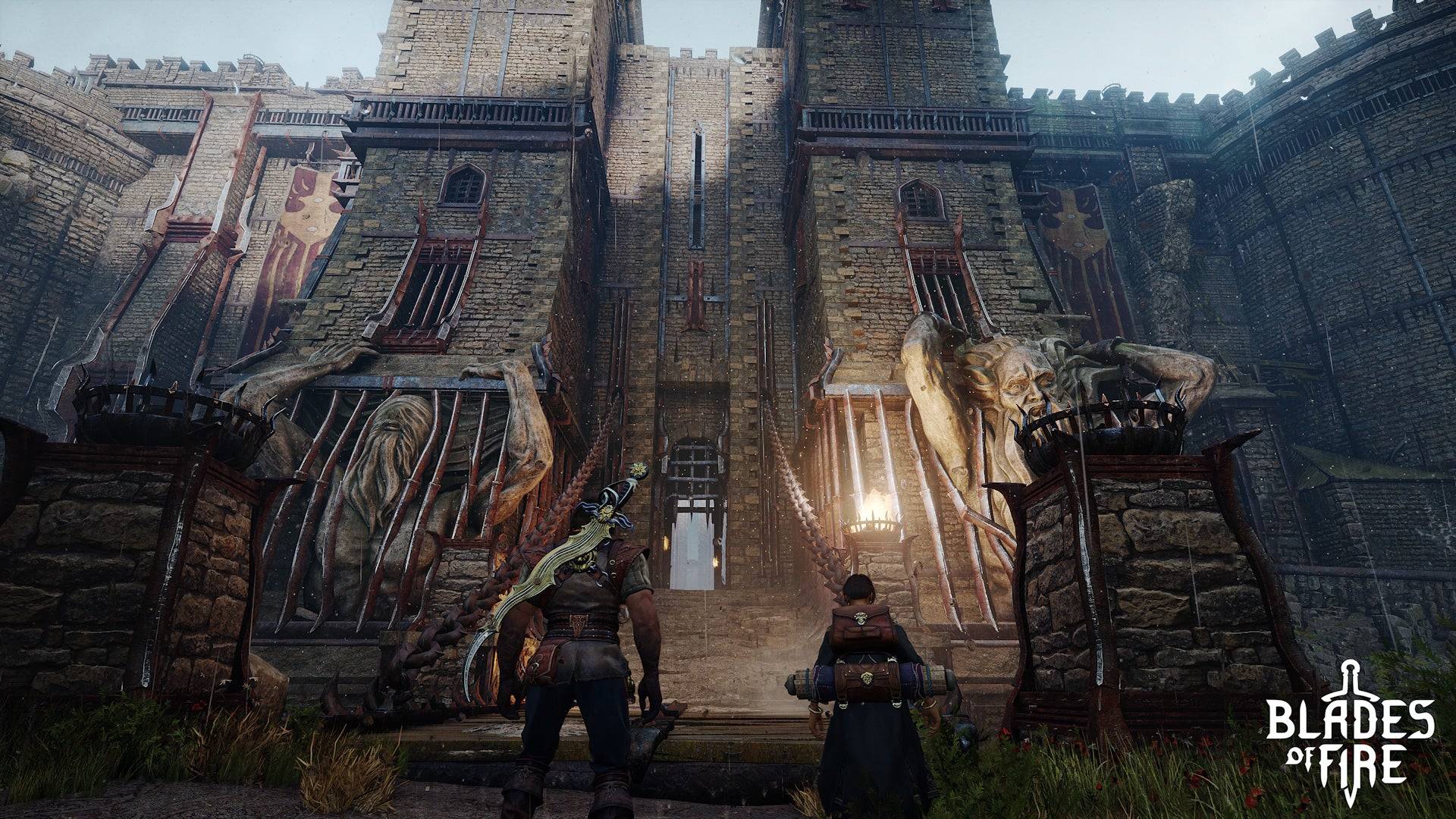
The forge is where every weapon's journey begins, starting with a basic template sketched on a chalkboard. You can tweak and modify, adjusting elements like the length of a spear's pole or the shape of its head, which directly impacts the weapon's stats and effectiveness. Different materials affect weight and stamina demands, enhancing the feeling of crafting a unique weapon. You even get to name your creation.
But the crafting process doesn't end there. You must physically hammer out the metal on an anvil through an intricate minigame, controlling the length, force, and angle of each strike to match an ideal curve. Overworking the steel can weaken the weapon, so precision is key. Your performance is rated with stars, influencing how often you can repair your weapon before it breaks permanently.
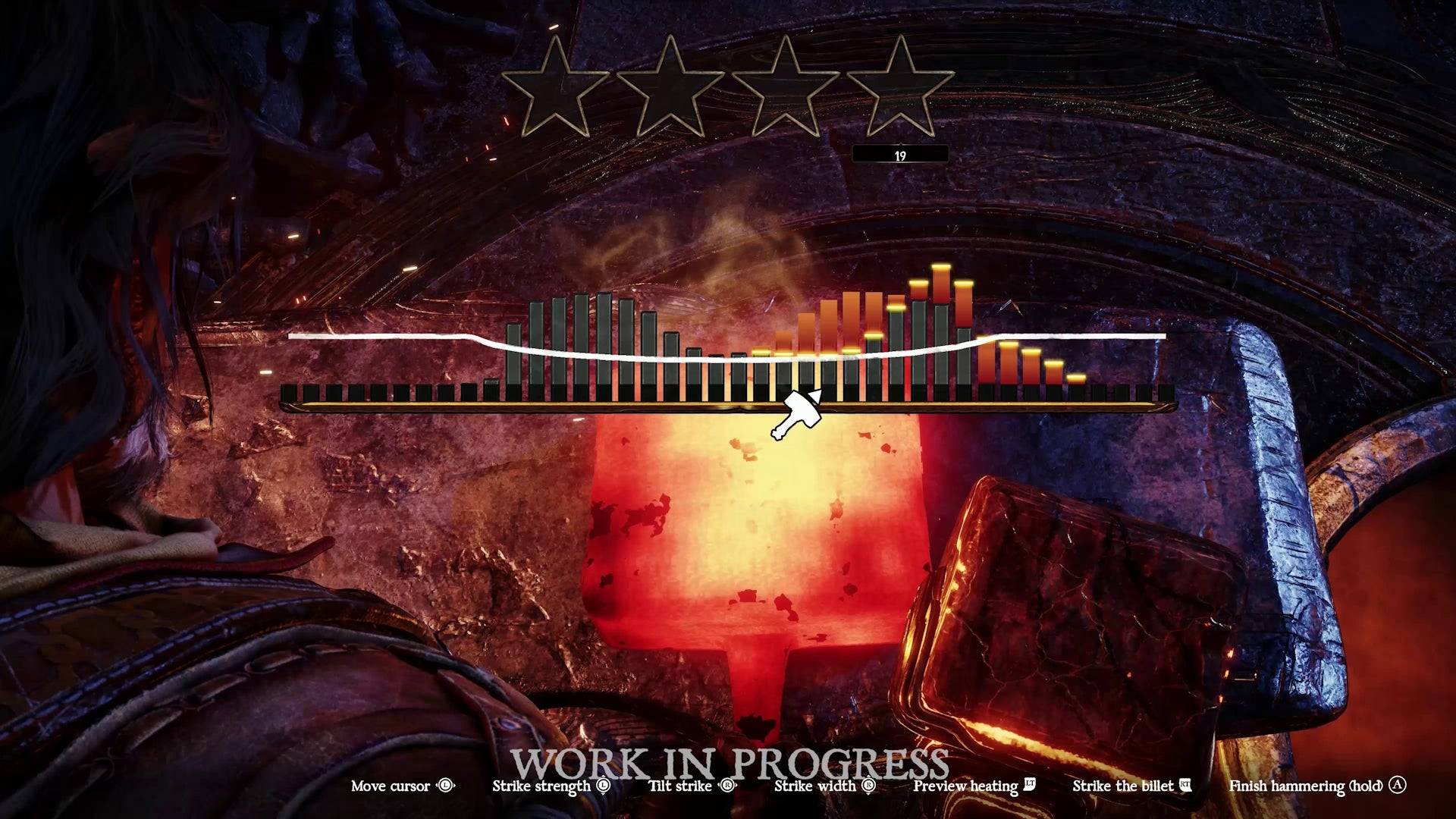
While the forge concept is brilliant, adding a skill-based element to crafting, the minigame can feel frustratingly obtuse. A clearer connection between strikes and the resulting metal shape, or a better tutorial, could enhance this feature significantly.
MercurySteam aims for players to form a deep attachment to their crafted weapons, carrying them throughout a journey that spans 60-70 hours. As you explore and find new metals, you can reforge your weapons to enhance their properties, ensuring they remain effective against new challenges. The death system reinforces this bond; upon defeat, you drop your weapon and respawn without it, but it remains in the world for you to recover. This mechanic, inspired by Dark Souls, adds a meaningful layer to the game, as lost souls can be regained, but a cherished sword cannot.
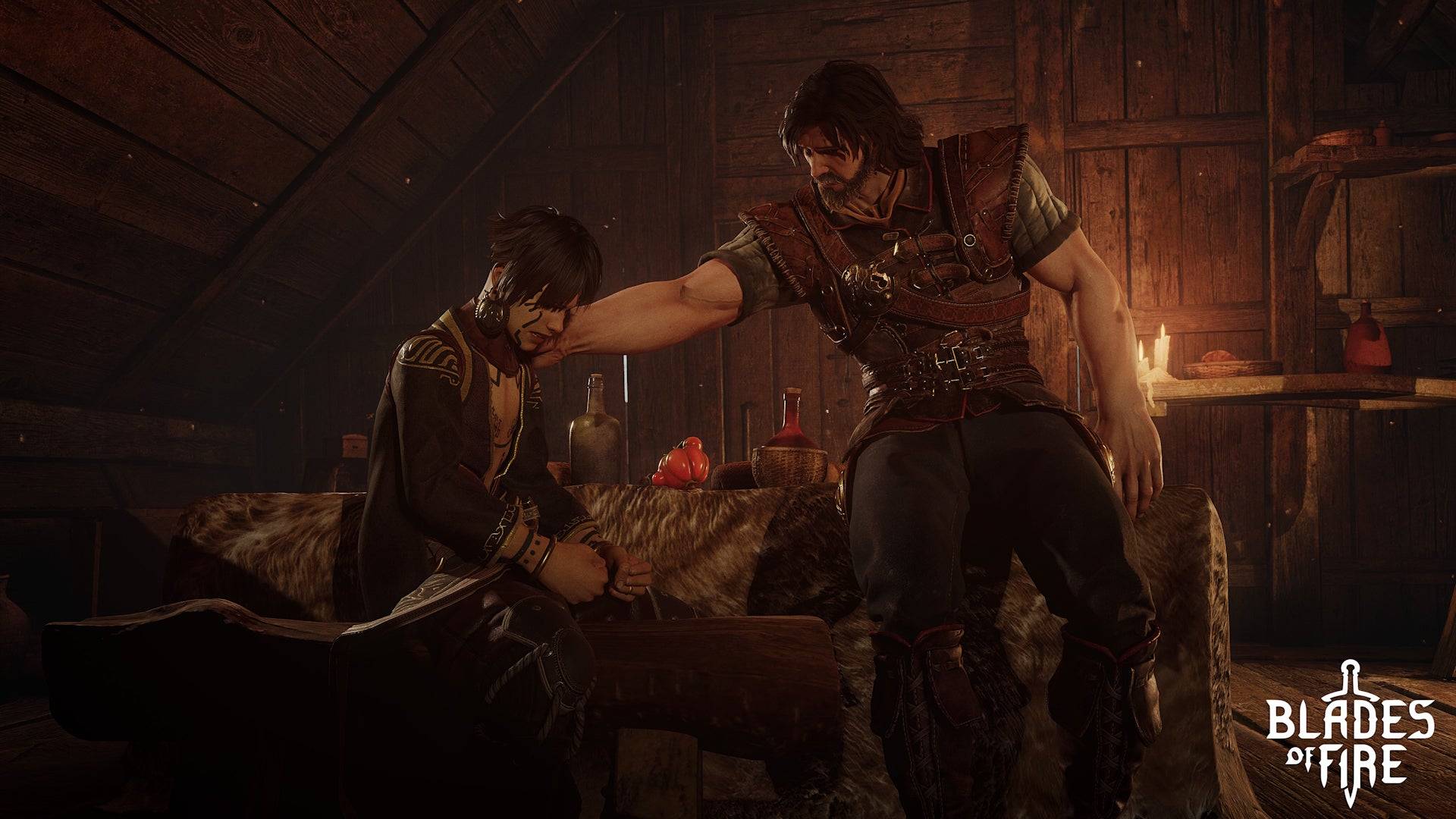
MercurySteam's influences are evident, drawing from the brutal combat of their early 2000s game Blade of Darkness, FromSoftware's innovations, and the world design of God of War. Yet, Blades of Fire transcends these influences, crafting its own unique recipe that sets it apart from its gaming touchstones.
Despite some concerns about the game's generic dark fantasy setting and potential lack of variety in enemy encounters, the deep relationship between your forged blades and the challenges you face is compelling. In an era where complex games like Elden Ring and Monster Hunter have captured mainstream attention, Blades of Fire has the potential to offer something truly fascinating to the gaming community.

 Latest Downloads
Latest Downloads
 Downlaod
Downlaod

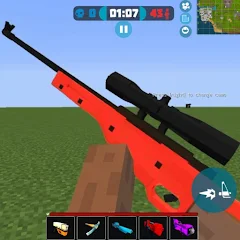
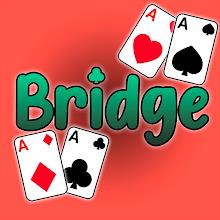

 Top News
Top News